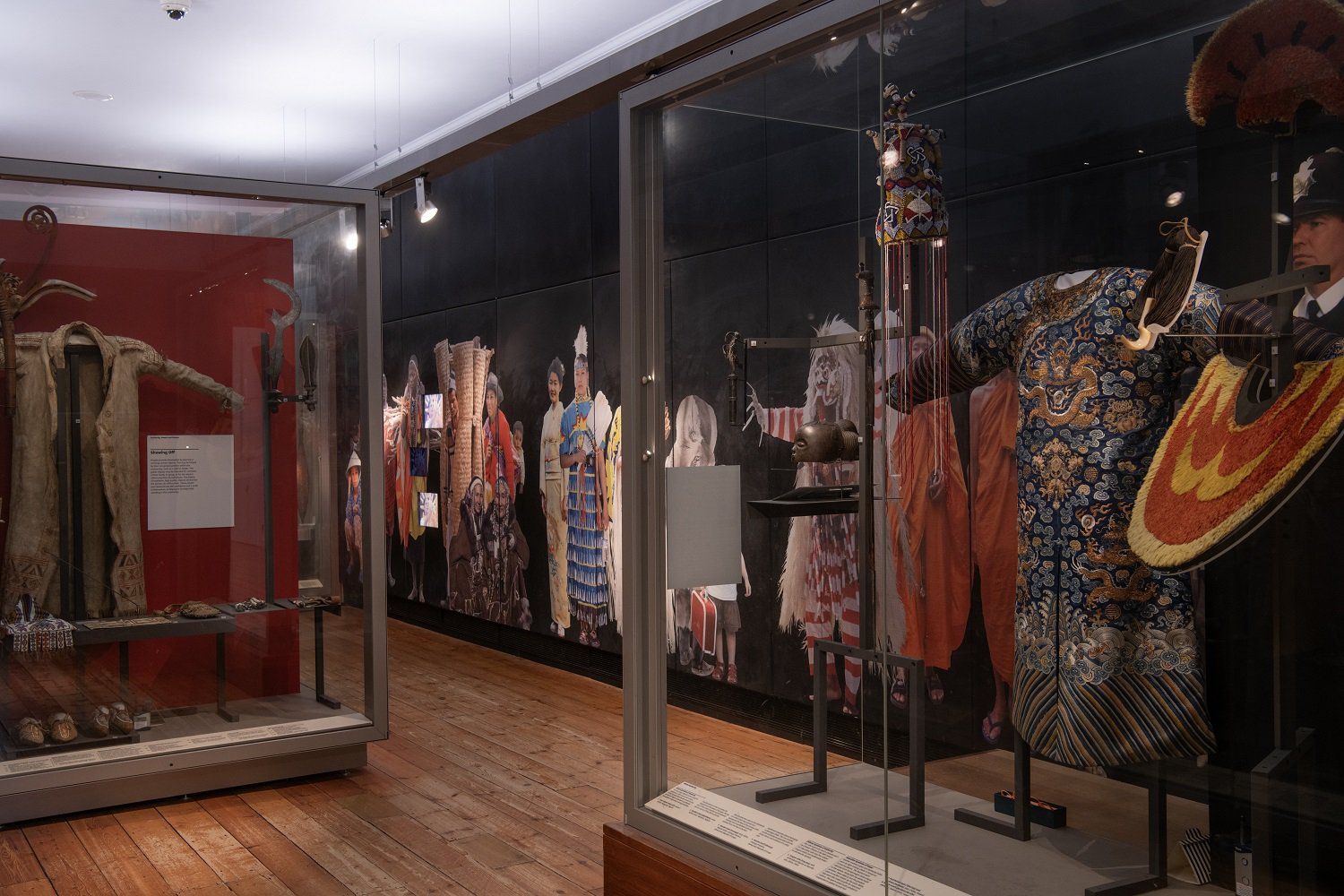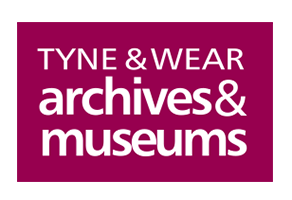Decolonisation
Learn about Tyne & Wear Archives & Museums' ongoing work to decolonise collections, practices, and narratives. Explore our commitment to diversity, inclusion, and meaningful engagement with communities to address colonial histories.
What does Decolonisation mean?

We think carefully about how we care for and display objects to ensure we are being respectful to all our communities and sharing a variety of perspectives.
One of the ways we are doing this is by working towards a decolonisation of our collections and their interpretation in our museums and galleries. We’ve outlined below what this means, and you can also find links to our policies which help us ensure that our work is legal and ethical at the bottom of this page.
Many museums were founded during the height of the British Empire. The British Empire involved Britain taking control of and occupying other countries and using their resources. For museums, decolonisation means acknowledging this and thinking about what this means.
The term decolonisation can sound like we are only removing objects or information, but it often involves adding more information to provide extra context about where an object is from, how it ended up in the museum collection, and giving a voice to communities with connections to those objects.
Decolonising our museum collections and stories is about shedding more light on areas of our past that have been neglected or ignored. Sometimes the term ‘inclusive histories’ is used instead of decolonisation because it is about including the stories and perspectives of more people from diverse backgrounds, both those living in the country where an object originates and the diaspora communities who live locally to the museum.
Why are we doing this work?
We want to find new perspectives that improve our understanding and add to the stories we can tell in our museums and galleries. We also want to build trust with people who feel like their voices in our museums and galleries have been silenced.
We know that some of our objects come from former British colonies but we don’t always know how they ended up here. Many are gifts or souvenirs from travel and trade but some may have been stolen, taken by force or gifted under duress.
We want to find out as much as we can about the objects in our museums and galleries - how they came to be in our collections, what meaning they hold and if the information we already have is accurate.
We are doing this by carrying out historical research, reaching out to source communities, and involving local global majority communities in our research and programming.
Repatriation
Repatriation is when an object is returned to its source country. Claims for repatriation are rare and follow a careful and considered process. We are open to claims if they arise and have repatriated objects in the past.
Whatever the result of a repatriation process, engaging with source communities and learning from them is highly beneficial, helping us to broaden and deepen our interpretation of the collections we hold for all our audiences.
What have we done so far?
To increase our knowledge about collections at the Great North Museum: Hancock, a member of our curatorial team has completed a Headley Trust Fellowship to learn more about the objects that represent Native American cultures. This has included knowledge exchange with organisations in North America who have close relationships with indigenous communities. You can read about the outcomes of that work.
Though the World Cultures Gallery at the Great North Museum: Hancock was only introduced in 2009, there has been a significant shift in thinking about the context and display of these types of collections. We are currently reviewing all the information in this gallery to plan for a redisplay.
We ran a community-led research project with people from South Asian, African and Caribbean diaspora communities. The group explored themes of empire, migration, and life in Britain with staff at Discovery Museum, to identify opportunities to tell more stories representing their communities. The output was a permanent display about 16 Inspirational Women of Colour who enrich the North East in healthcare, science, education, activism and politics, and an exhibition exploring an untold story about North East shipbuilding and Indian Indentureship.
Bangladeshi diaspora communities in South Tyneside worked with us to co-curate an exhibition (Routes & Roots: British Bangladeshi Stories of South Tyneside) celebrating the contribution Bangladeshi communities have made to the vibrancy of the culture and economy in the area. Many of the participants now volunteer for the museum.
Funded by the Esmée Fairbairn Collections Fund, a steering group from Global Majority communities living in the North East are working with staff at the Great North Museum: Hancock to reimagine the museum’s Explore Gallery, which includes natural history, natural science and ethnographic collections. The group are being provided with training and guidance from museum staff to support them to explore hidden narratives, bring new voices and viewpoints to the display, and highlight new and alternative objects from the collections.
For media enquiries about this work, please contact communications@twmuseums.org.uk.
Our policies
We care for objects in our collections that are sensitive in nature. These include archaeological human remains and sacred and non-sacred objects from countries and communities around the world.
To ensure that we manage these collections in a legal and ethical way we have a number of policies that govern our work.
Great North Museum Human Remains Research Access Policy (Word, 38 KB)
Great North Museum Policy for the Care of Human Remains (PDF, 195 KB)
Great North Museum Sacred Objects Policy (PDF, 465 KB)
We actively collect objects. This is governed by our Acquisitions and Disposal Policy:
Acquisitions and Disposal Policy: Archives (PDF, 787 KB)
We welcome all enquiries about repatriation. Our Repatriation Policy can be read here:
Great North Museum Repatriation Policy (PDF, 459 KB)


